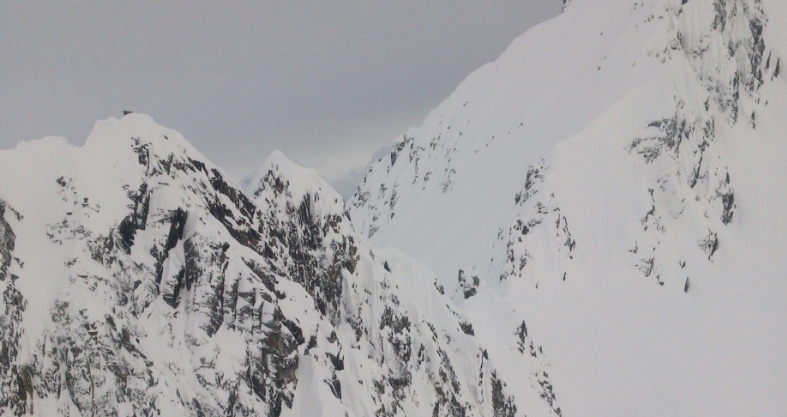Valdez

The Valdez Project comprises of 150 State Mining Claims covering a total area of 24,320 acres (98.42 km2). The Valdez Project is located about 10 km to the north of the town of Valdez in the Chugach Mountains in greywacke flysch of the Upper Cretaceous Valdez Group. The Valdez Project is an early-stage gold project. CSA Global is of the opinion that the Valdez Project offers good potential to host economic orogenic or intrusion-related gold mineralisation.
Gold mineralisation was discovered in the area in auriferous gravels in 1894 and the first placer claims were staked in 1896. Gold-bearing quartz veins were first staked in the Mineral Creek area shortly after 1898. A staking rush occurred afterwards and in 1911 there were 118 claims and claim groups in the area. Most of the claims remained undeveloped until it was definitely proven there were workable gold quartz veins in the area by the start-up of the Cliff mine in 1910. The Cliff mine proved very profitable, and its success greatly stimulated prospecting by local miners and newcomers to the Port Valdez area. As a result, several hundred lode claims were staked, and considerable development work was undertaken from 1910 to World War II.
Several mines worked on the project and included the Donahue Mine, Ibex, Little Giant, Williams Gentzler, Alaskan, Rose Johnson, Valdez Bonanza, Queen of Sheba, and Ramsay Rutherford.
The Valdez Project is situated in an accreted terrane along the western margin of Alaska. During accretion, eastward-directed subduction occurred, and the accretion was accompanied by the intrusion of near arc magmatic rocks. Subduction and accretion and subsequent southerly directed wrench tectonics resulted in brittle structures and large-scale, strike-slip structures facilitating fluid flow and the emplacement of gold-bearing quartz veins. The intrusion of magmatic rocks potentially provided fluids to the mineral system.
This tectonic setting is similar to that of economic orogenic gold mineralisation in the Archean terranes (e.g. Yilgarn Craton in Australia, Abitibi in Canada) and that of older accreted terranes in Alaska hosting significant economic intrusion-related or orogenic gold deposits such as Pogo or Fort Knox. Given the similarities in the tectonic setting, CSA Global believes that orogenic and intrusion-related gold mineralisation are the most likely target in the Valdez Project.
Historical sampling by United States Geological Survey (USGS) geologists targeted quartz veins in and around the historical mines. The reported gold grades demonstrate the presence of gold mineralisation in these quartz veins. Although these analyses results are historical, samples were mostly analysed using fire assay and atomic absorption methods which are still dominantly used today to determine gold concentrations. CSA Global is of the opinion that these methods are reliable and that the historical results accurately reflect gold grades in quartz veins in and around the old mine workings.
The project has not been explored with modern exploration techniques and mapping was restricted to overview mapping. Most of the geological observations have been obtained outside the project from roadside exposures. There is a limited number of rock chip and stream sediment samples listed in the USGS Alaska database. Importantly, there has been no drill testing of any of the quartz veins and hosting structures. Historical miners were only able to extract highest grade, visible gold from the quartz veins and mining likely ceased due to economic pressures at the time. CSA Global believes that there is an excellent opportunity to locate further gold mineralisation using modern exploration techniques as proposed by Delta Ridge.
Delta Ridge has identified five historical mines and five historical prospects on the project. Importantly, Delta Ridge has also identified high-grade gold rock chip samples outside the historical mine workings which indicate the presence of mineralisation elsewhere in the project. The depth extent of historical mine workings was constrained by the tools and methods used at the time and by the low availability of timber in the Arctic region. CSA Global considers it very likely that drill testing will locate extensions of mineralised quartz veins and new mineralised vein sets which are not exposed at surface.
In summary, CSA Global concludes that the Valdez Project contains:
- Five historical mines and five prospects ready for drill testing
- About 16 km of prospective stratigraphy and structure/s untested with modern methods and drilling.
CSA Global considers the Valdez Project to be a very early greenfields stage project, with encouraging results from historical mining warranting follow-up investigations.
